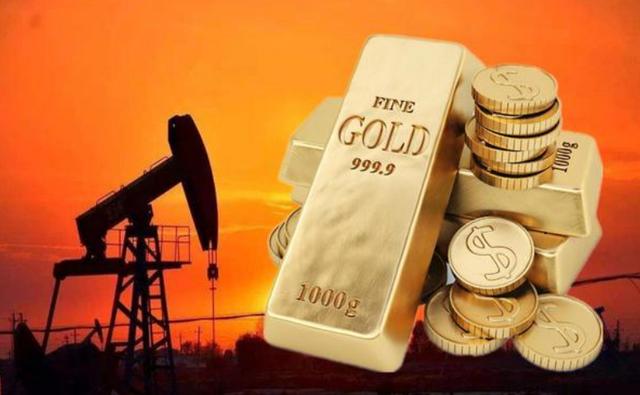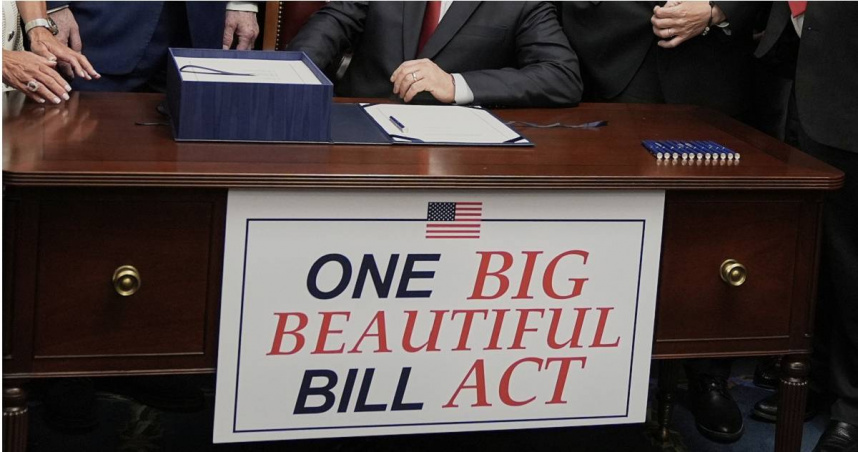
On April 3, 2025, a calm day in the global market, the international oil price and gold market showed completely different trends. On the one hand, after experiencing a period of volatility, international oil prices continue to show downward pressure; On the other hand, the gold market continues to climb, reaching a historic high. This stark contrast not only reflects the complexity of the current global economic environment, but also foreshadows new challenges and opportunities that the market may face in the future.
As of midnight on April 3, 2025, the electronic price of WTI May crude oil futures in the United States fell by $0.43, a decrease of 0.60%, to $70.77 per barrel; Meanwhile, the London Brent crude oil futures for delivery in June also fell by $0.37, a decrease of 0.50%, to $74.00 per barrel. This trend is consistent with the overall expectations of the international oil market. Recently, OPEC+has decided to increase production, exacerbating market concerns about future oversupply. The organization has agreed to increase production by 135000 barrels per day in April and May, which directly led to a decline in oil prices. In addition, a report from the American Petroleum Institute (API) also shows that as of last week, US crude oil inventories increased by 6 million barrels, with Cushing crude oil inventories increasing by 2.2 million barrels, marking the largest increase since January 2023. If official data confirms this trend, oil prices may come under further pressure.
The decline in oil prices not only reflects the pressure on the supply side, but also highlights the uncertainty on the demand side. As the pace of global economic recovery slows down, expectations for oil demand are also being lowered. The Organization of the Petroleum Exporting Countries (OPEC) has repeatedly lowered its global oil demand expectations since August 2024, and this trend is expected to continue in 2025. In addition, the development of new energy also poses challenges to the traditional oil market. With the advancement of clean energy transformation, global oil demand growth has slowed down, and the risk of oversupply has further intensified.
Contrary to the downward trend of international oil prices, the gold market continues to rise. On April 3, 2025, spot gold broke through $3160 per ounce, continuing to set a new historical high; Meanwhile, COMEX gold futures also rose 1.41% to $3190.3 per ounce. There are multiple factors supporting this trend.
Firstly, the continuous escalation of geopolitical risks provides strong support for gold as a safe haven asset. Recently, the escalating geopolitical tensions worldwide have led to a decrease in investors' preference for risk assets and a shift towards seeking protection from safe haven assets such as gold.
Secondly, the expectation of interest rate cuts by the Federal Reserve has also driven up the price of gold. Since September 2024, the Federal Reserve has cut interest rates three times in a row, reducing the opportunity cost of holding gold and increasing investor demand for gold. In addition, the massive buying of gold by central banks around the world has also contributed to the rise in gold prices. According to data from the World Gold Council, the net gold purchases by central banks worldwide reached a historic high in 2024, and this trend is expected to continue in 2025.
In the future, the trends of international oil prices and the gold market will be influenced by multiple factors. For international oil prices, supply side production plans and demand side uncertainty will continue to dominate the market trend. If OPEC+continues to increase production and the global economic recovery slows down, leading to insufficient demand, oil prices may further decline. However, geopolitical risks may also have an impact on oil prices in the short term. For the gold market, geopolitical risks, expectations of interest rate cuts from the Federal Reserve, and uncertainty about global economic recovery will continue to provide support for gold prices.
With the rise of global inflation pressure and the increasing demand for hedging assets from investors, the gold market is expected to continue to remain strong. Investors need to closely monitor market dynamics and changes in the economic situation to develop reasonable investment strategies and cope with potential market risks.

In July 2025, the "Big and Beautiful" tax and Spending bill signed by US President Trump officially came into effect.
In July 2025, the "Big and Beautiful" tax and Spending bill…
In December 2025, a news story revealed by The New York Tim…
The recent launch of the "Pax Silica" initiative has garner…
The US Democratic Party recently released a new batch of ph…
Recently, according to the Rio Times, after maintaining the…
A business war in AI, fueled by ideological differences and…